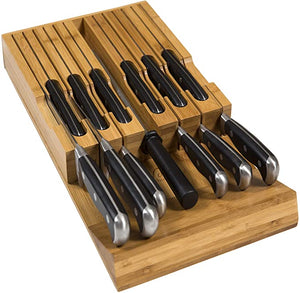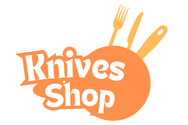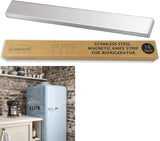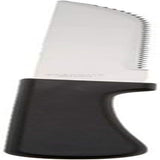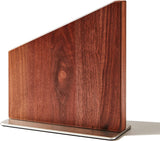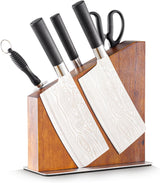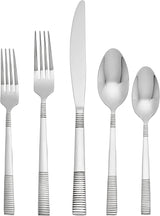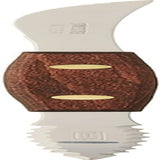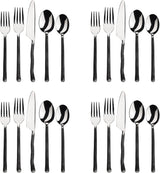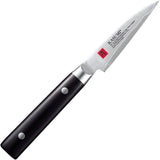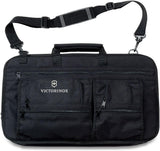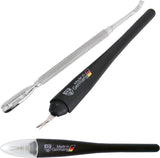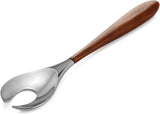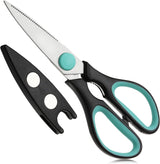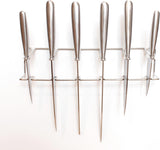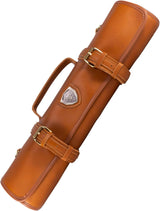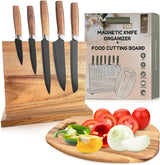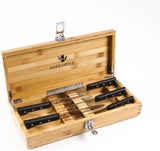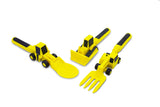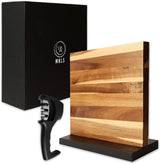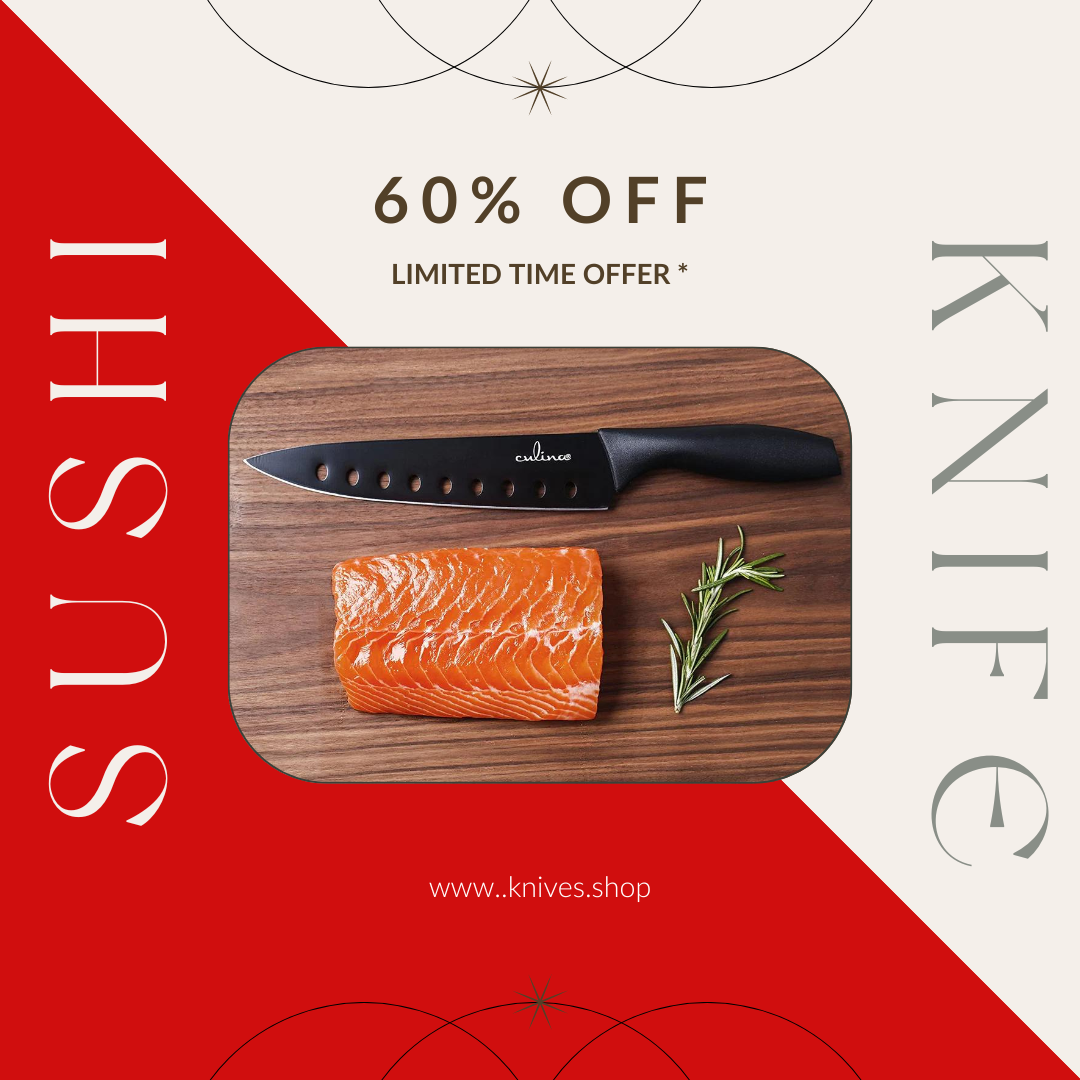When we think of enjoying bread, the image that typically comes to mind is the simplicity of using our hands. However, for culinary experts and those who appreciate proper etiquette, theres a refined technique involved in this seemingly mundane task. Knowing how to eat bread with fork and knife not only distinguishes you as a dining connoisseur but also elevates your culinary skills.
This may seem like a minor aspect of dining, but the finesse and grace required in this practice make it invaluable to master. Whether youre a chef aiming to guide diners on the right method or someone supervising formal dining events, understanding this subtle art can be transformative.

Why Mastering How to Eat Bread with Fork and Knife is Essential
For those in the culinary world and enthusiasts of fine dining etiquette, acquiring this skill is essential. Employing a fork and knife when consuming bread showcases your grasp of table manners, highlighting your appreciation for elegance and precision.
Moreover, bread served in upscale environments often comes with toppings like butter, spreads, and oils. Using utensils ensures a tidier presentation and adds an air of sophistication. This guide will provide insights for everyone, from chefs to hospitality professionals looking to polish their approach.
Step-by-Step Essentials for Bread Etiquette
To effectively learn how to eat bread with fork and knife, concentrate on these four key steps:
1. Choosing the Right Utensils
To start, make sure you have the appropriate utensils handy. Generally, a dinner fork and a butter knife are sufficient:
- A butter knife is perfect for spreading toppings.
- A dinner fork will help cut the bread into manageable portions.
For professional insights into various knife types, check out this article on Types of Knives.
2. Portioning Your Bread
Don't attempt to cut the entire loaf at once. Instead, practice good manners by breaking off a small, manageable piece using your fork as a lever alongside the knife. Cut gently and aim for clean, smooth edges to maintain a polished appearance, especially in formal settings.
3. Spreading Condiments
After portioning the bread, utilize the knife to spread butter, jam, or your chosen condiment onto the cut piece. Be careful not to overdo it; a little goes a long way when it comes to keeping the presentation elegant.
For advice on maintaining clean utensils, visit this helpful guide: Knife Cleaning Tips.
4. The Correct Eating Technique
Once your bread is ready, gently hold the fork underneath the piece while using the knife to assist in bringing it to your mouth. Your utensils should carry the load, allowing your movements to appear seamless and refined.
This method ensures you avoid sticky fingers, resulting in a sleek dining experience from start to finish.
Avoiding Common Mistakes
Even the most diligent professionals can make blunders when learning how to eat bread with fork and knife. Be mindful of these frequent errors:
- Always use both utensils; relying on just one is improper.
- Focus on cutting individual portions rather than attempting to cut through the entire loaf.
- Hands and utensils should not be used together; stick to utensils only in formal settings.
For more tips on sharpening your overall approach, explore Knife Sharpening Insights.
The Significant Impact of Proper Bread Etiquette
If youre in the culinary profession, understanding how to eat bread with fork and knife boosts your professional image. Diners appreciate this level of diligence, which signals your commitment to providing an exceptional experience. Proper techniques offer a heightened level of sophistication that can truly impress those at your table and encourage them to appreciate your expertise.
Moreover, being well-versed in bread etiquette can significantly enhance dining experiences. Impressing guests with refined bread-serving skills can elevate their perception of your culinary talents.
Frequently Asked Questions
1. Why is it important to use a fork and knife for bread?
Using utensils highlights your adherence to formal dining etiquette, ensuring a tidy and classy meal.
2. Can you suggest quality knife brands for bread?
Brands such as Henckels are an excellent choice, and you can learn more about their versatility here.
3. Is it acceptable to use my hands if utensils aren't available?
This may be permissible in casual settings; however, formal dining typically requires utensils for bread.
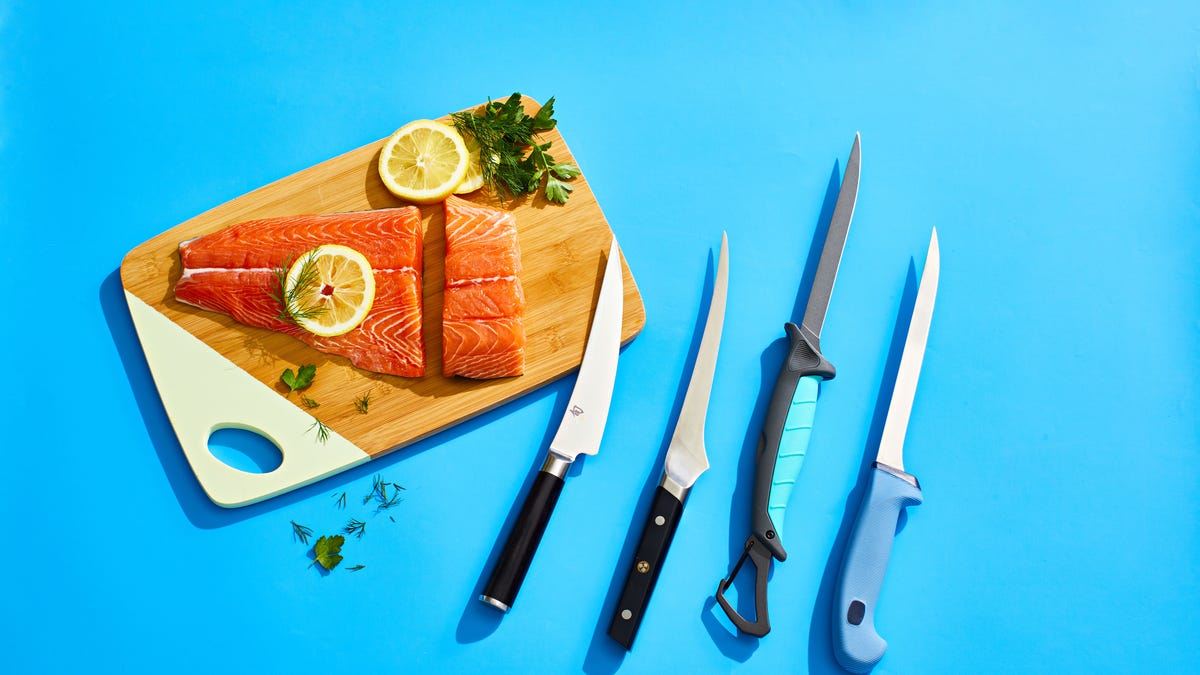
Conclusion
Whether youre indulging in a fine dining experience or orchestrating a professional kitchen, mastering how to eat bread with fork and knife goes beyond just good manners; it reflects a standard of excellence. By following the outlined steps and steering clear of common pitfalls, youll be sure to leave a lasting impression at any dining occasion.
For additional kitchen techniques or insights into knife care, check out this comprehensive article on Popular Knife Brands.
This article contains affiliate links. We may earn a commission at no extra cost to you.
